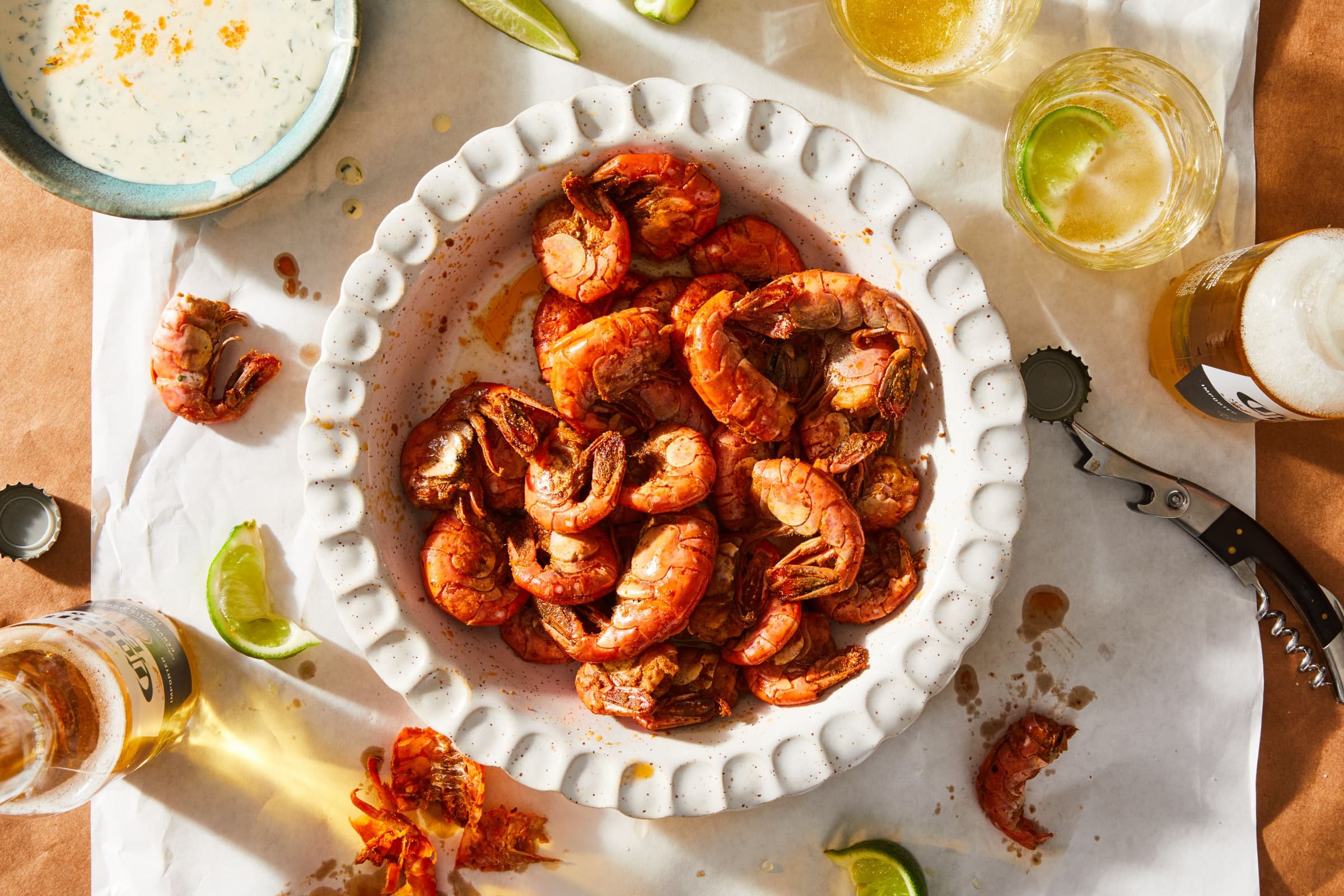In Sitka, we are pretty picky about the shrimp we eat. Many of us make yearly trips based solely around harvesting subsistence spot prawns. If you don’t have access to a boat and gear to harvest your own, you buy them fresh off the dock during the season. Unfortunately, there aren’t that many spot prawns in Southeast Alaska and we have a hard time finding enough for our boxes every year. The demand for shrimp far exceeds what we catch in our little nook of Alaska.
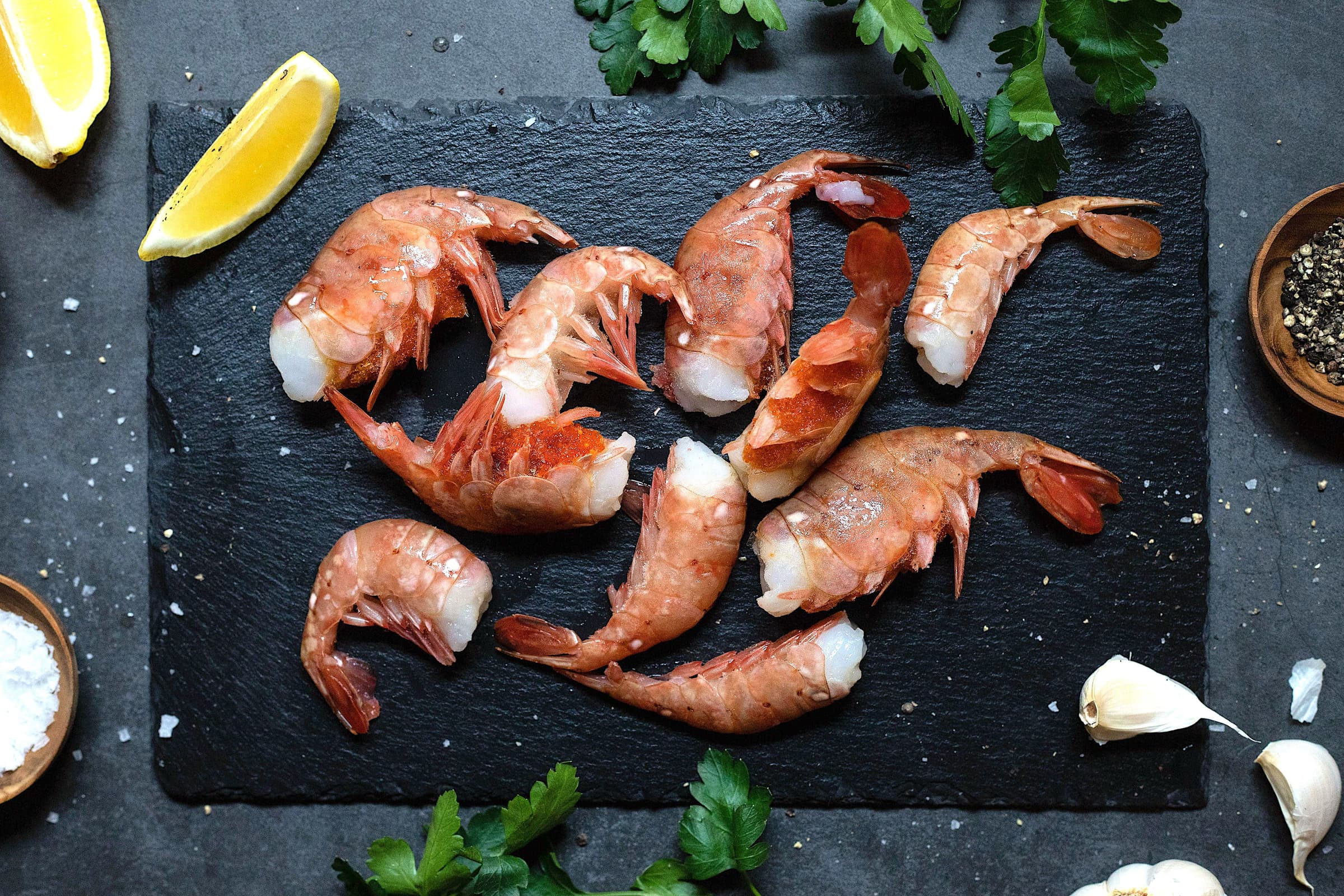
Nationally, Americans eat more shrimp than any other seafood — almost twice as much as salmon. (That ratio may be different with our salmon-loving Sitka Seafood members!) In fact, shrimp consumption is greater than canned tuna, tilapia, Alaska pollock, cod, and crab combined. Unfortunately, less than 10% of shrimp consumed in this country is wild. If all you’ve ever eaten was farmed shrimp, you may not know how delicious fresh, wild-caught shrimp can be. Farmed shrimp are not only flavorless compared to wild-caught shrimp, but most farmed shrimp production still includes many fundamentally unsustainable practices. The habitat loss of mangroves, heavy antibiotic use, and forced labor practices associated with most farmed shrimp do not align with our values.
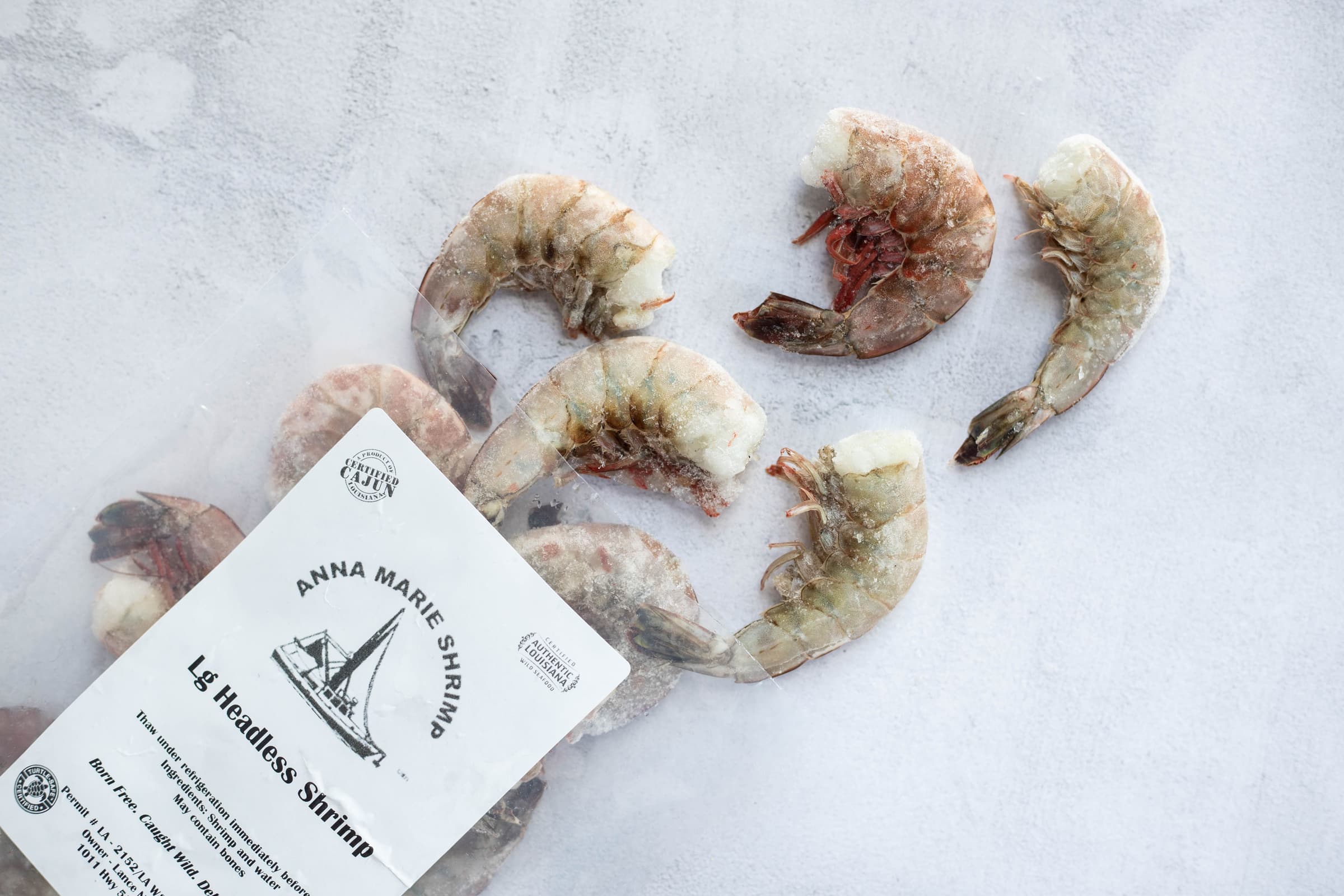
To meet the demands of our members for more shrimp, we decided to try something new and work with our friend, Lance Nacio. His family has been fishing the waters outside of New Orleans for 4 generations. It is difficult to make it as a commercial fisherman in the Gulf of Mexico — with farmed shrimp flooding markets, rampant mislabeling, and hurricanes ravaging gulf fleets — it is no easy feat. Lance knew he wanted to shrimp, but he would have to do it differently if he wanted to make it work financially. He started out, like many of our fishermen, wanting to share his catch directly with consumers without being at the mercy of global markets. He equipped his boat, the Anna Marie, with plate freezers so that he could freeze his catch onboard. He also knew he would have to get his shrimp directly to his customers.
Most of the world’s wild shrimp is caught via trawl because it’s an efficient way to catch any fish. But, if not managed carefully, trawls can be devastating to ecosystems.
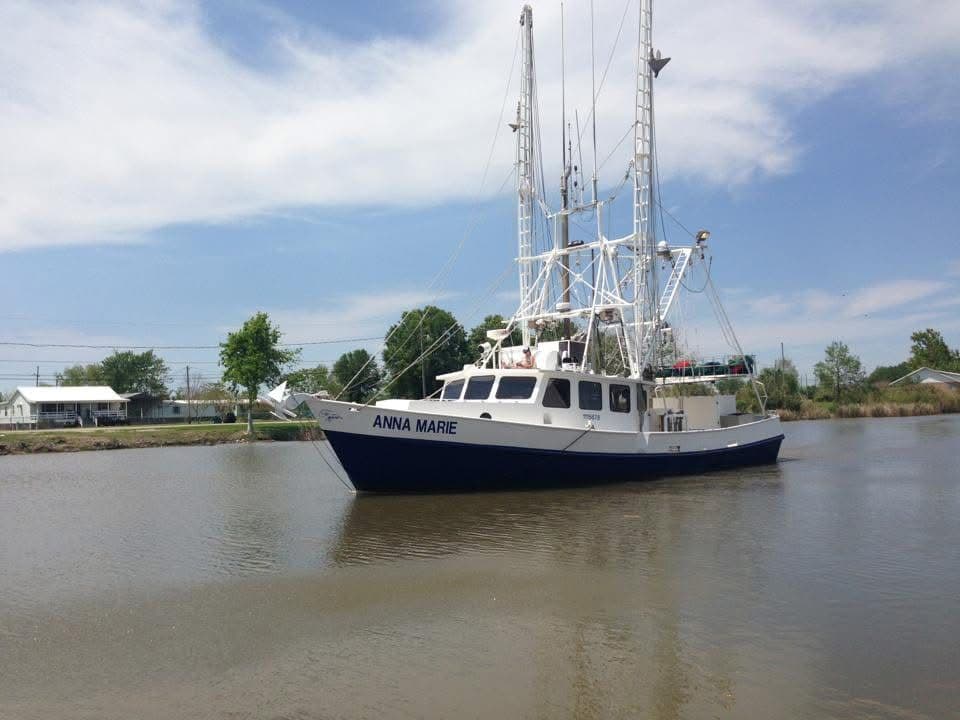
Lance’s operation fishes very specific grounds with an eye towards the future. His operation uses modified turtle excluder devices and wider mesh nets to minimize unwanted bycatch. In an industry that averages 4 to 5 lbs of bycatch for 1lb of shrimp, the Anna Marie averages less than 15% of their catch as bycatch.
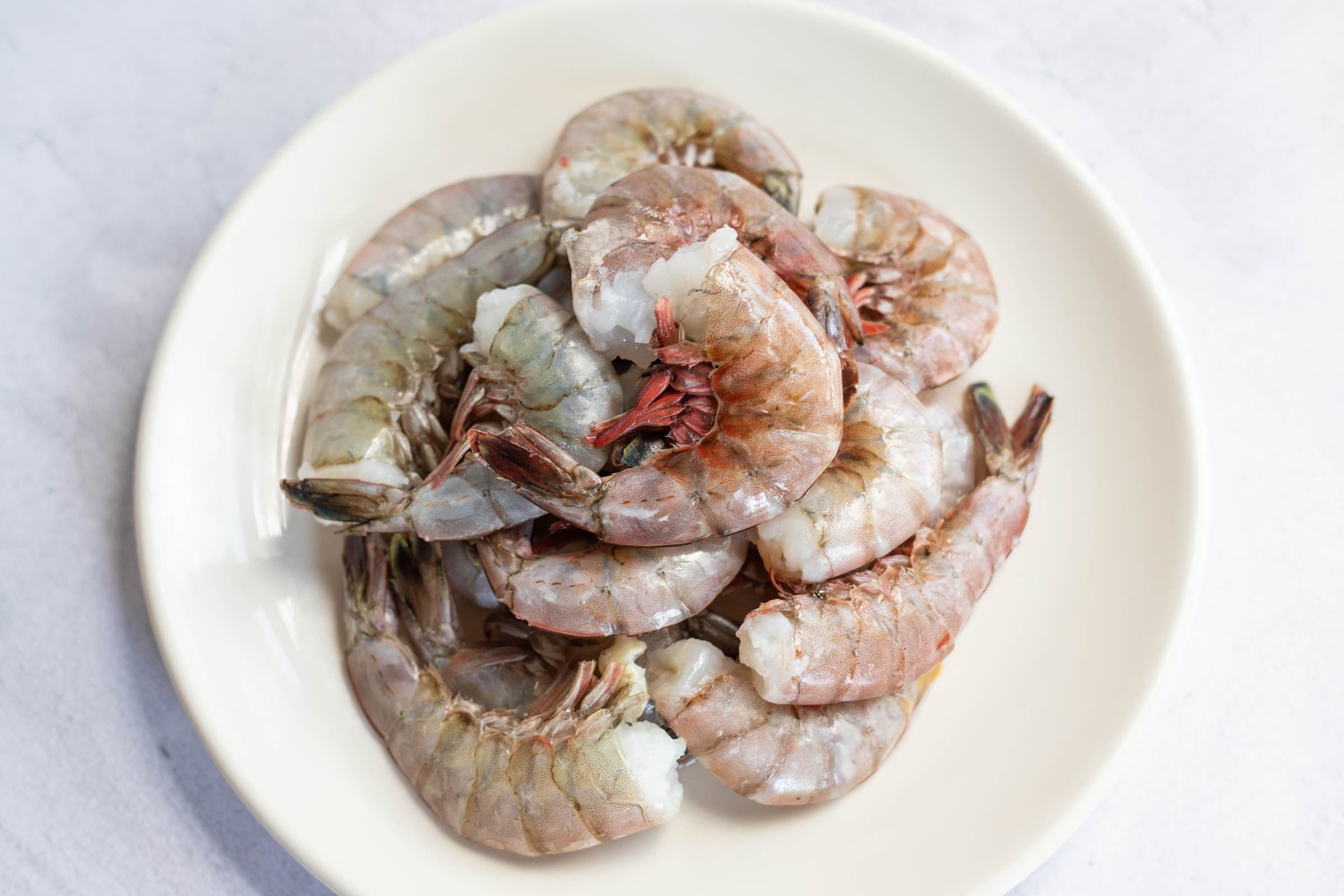
For multigenerational fishermen, there is more at stake than the one trip or one season. They are caretakers of the fishing grounds and they want to preserve them for their grandchildren. We’re thrilled to offer Lance’s gulf shrimp to our customers and provide an additional marketplace for this great quality product from a source you can feel good about.
